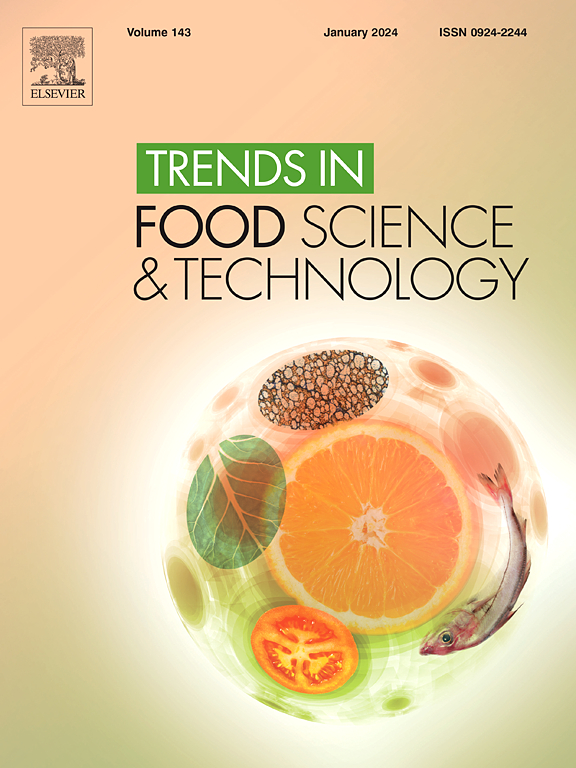Food authentication using the loop-mediated isothermal amplification (LAMP) method: Current trends and future prospects
IF 15.1
1区 农林科学
Q1 FOOD SCIENCE & TECHNOLOGY
引用次数: 0
Abstract
Background
The rapid globalization of food supply chain has significantly increased risk of food fraud, including the misrepresentation of product origins, adulteration, and the use of unauthorized additives. Consequently, the need for robust and reliable food authentication methods has become paramount. Loop-mediated isothermal amplification (LAMP) has emerged as an alternative to conventional polymerase chain reaction, offering unique advantages for tackling the complexities of food authentication. Its unique features, including isothermal operation, high specificity, and rapid nucleic acid amplification make it particularly effective for detecting fraudulent practices involving different biological species.
Scope and approach
This article reviews the application of the LAMP method in food authentication, focusing on its versatility across various food matrices, fraud practices, and target analytes. It highlights recent advancements, innovative adaptations, and the integration of LAMP with other technologies (e.g., lateral flow assay) to enhance both efficiency and accuracy.
Key findings and conclusions
This review highlights the effectiveness of the LAMP method in detecting food fraud and adulteration, emphasizing its suitability for on-site testing and potential to revolutionize routine food quality control. As the food industry strives for transparency and authenticity, LAMP stands out as a pivotal tool for ensuring the integrity of the global food supply.
求助全文
约1分钟内获得全文
求助全文
来源期刊

Trends in Food Science & Technology
工程技术-食品科技
CiteScore
32.50
自引率
2.60%
发文量
322
审稿时长
37 days
期刊介绍:
Trends in Food Science & Technology is a prestigious international journal that specializes in peer-reviewed articles covering the latest advancements in technology, food science, and human nutrition. It serves as a bridge between specialized primary journals and general trade magazines, providing readable and scientifically rigorous reviews and commentaries on current research developments and their potential applications in the food industry.
Unlike traditional journals, Trends in Food Science & Technology does not publish original research papers. Instead, it focuses on critical and comprehensive reviews to offer valuable insights for professionals in the field. By bringing together cutting-edge research and industry applications, this journal plays a vital role in disseminating knowledge and facilitating advancements in the food science and technology sector.
 求助内容:
求助内容: 应助结果提醒方式:
应助结果提醒方式:


